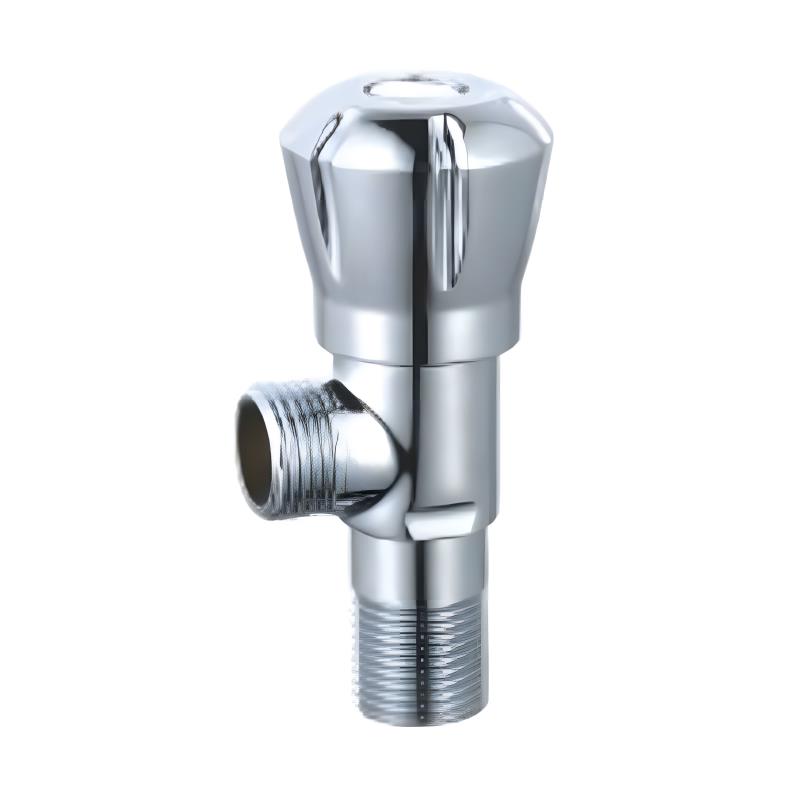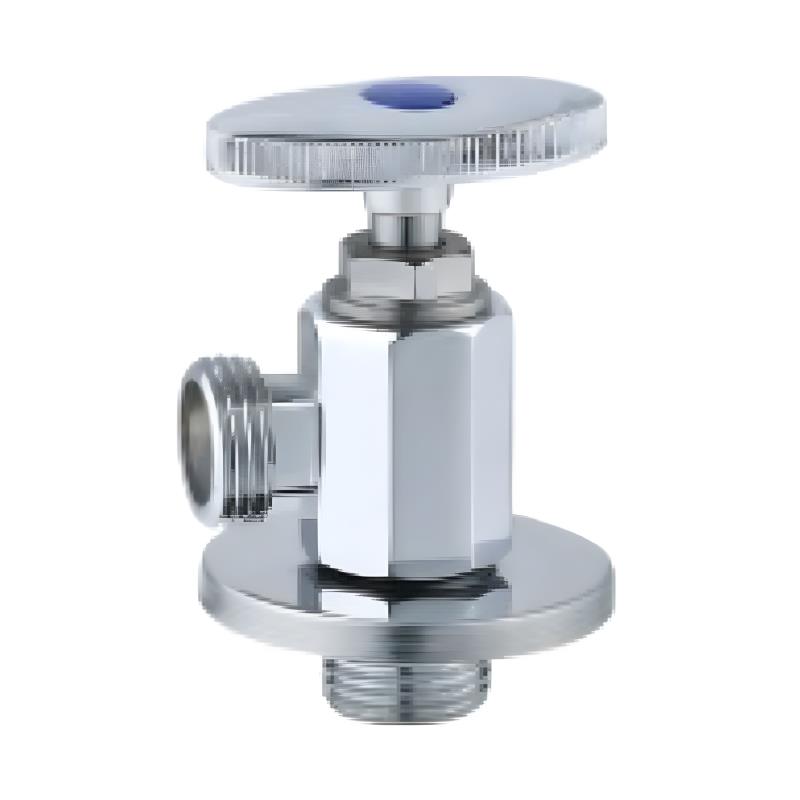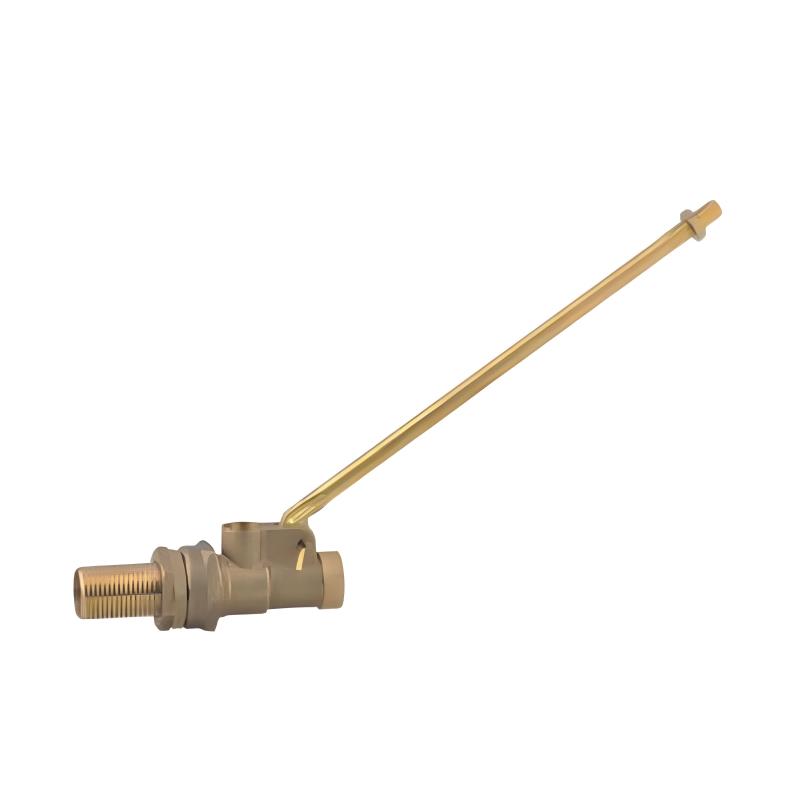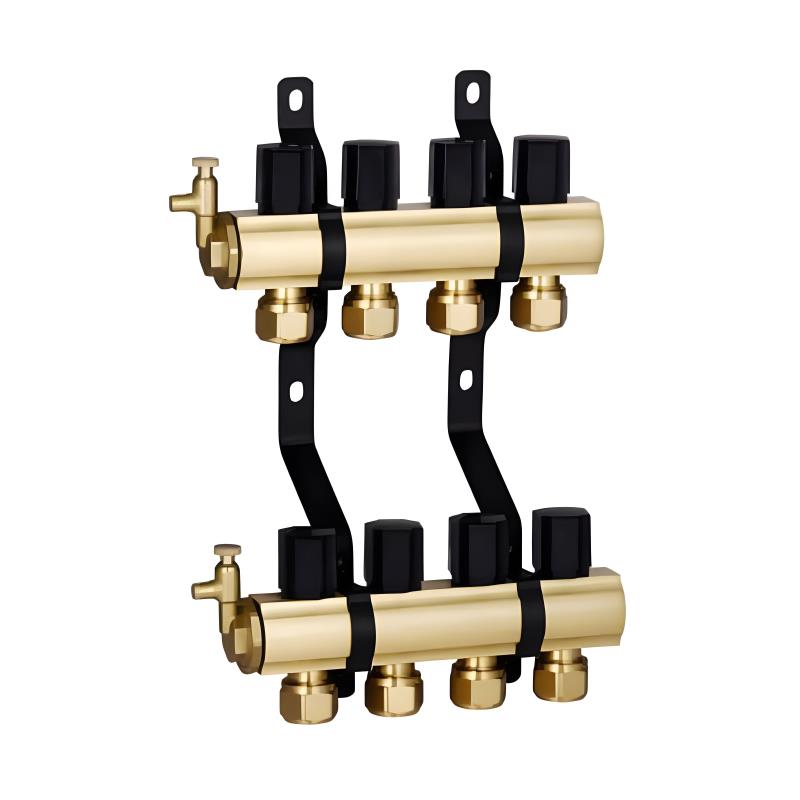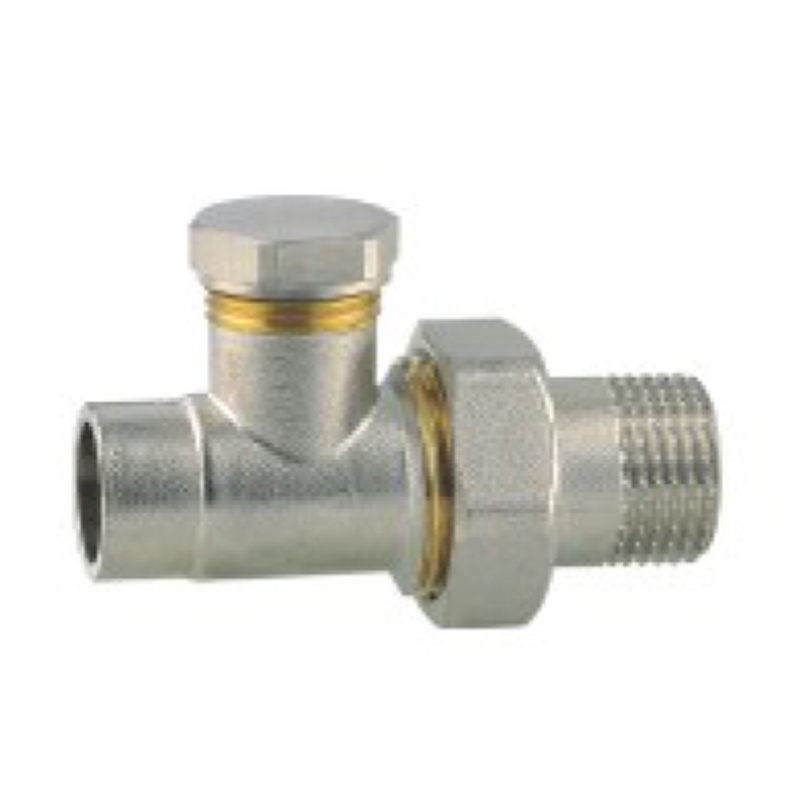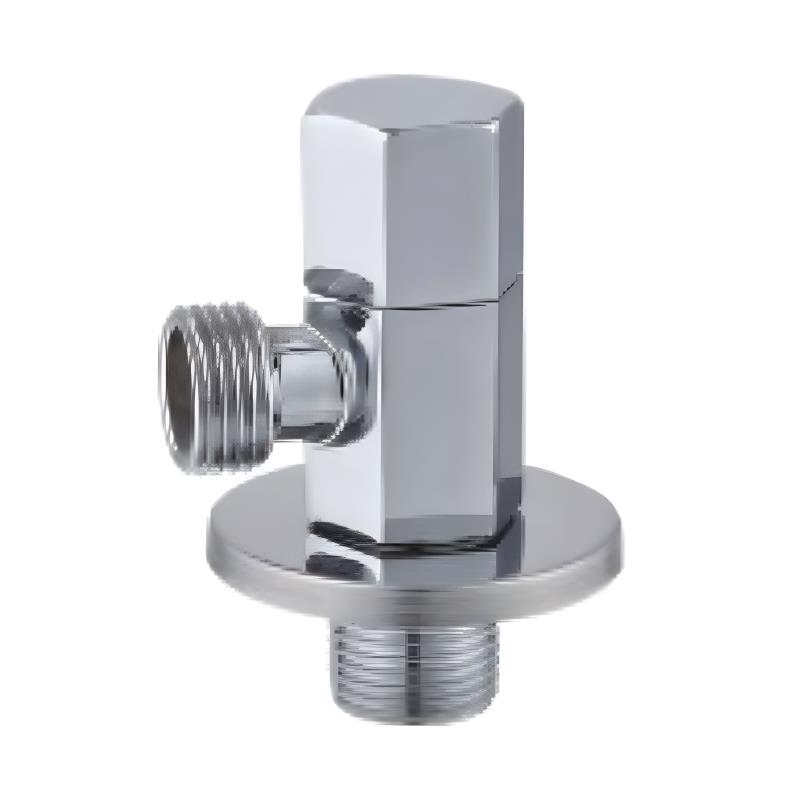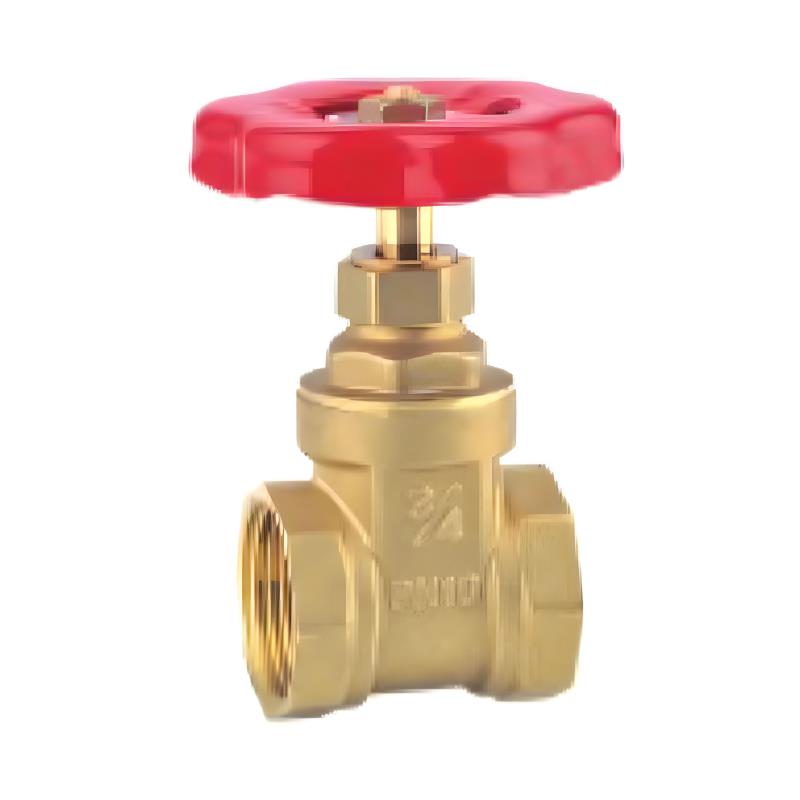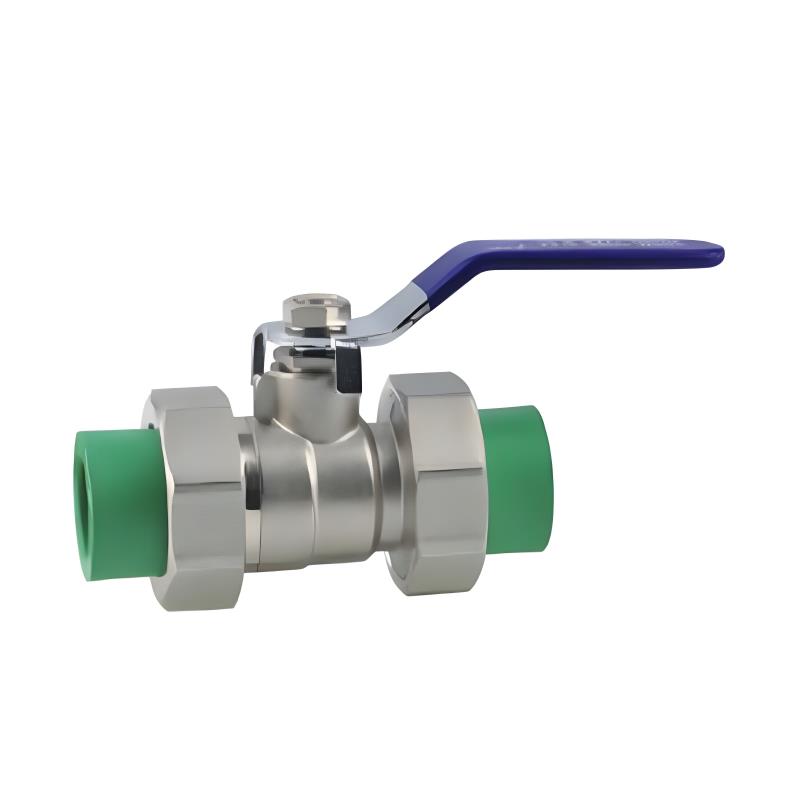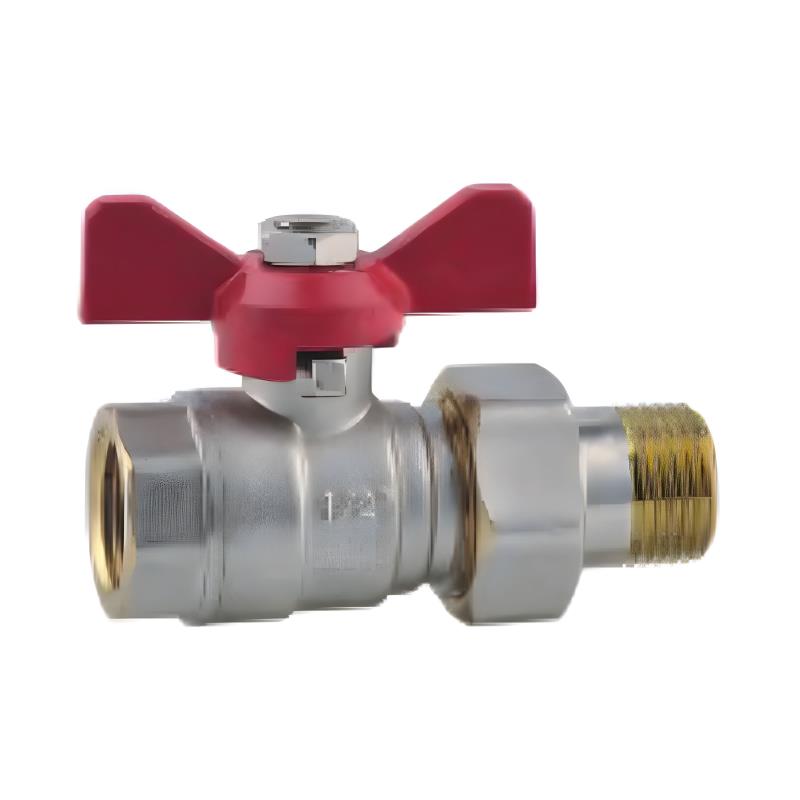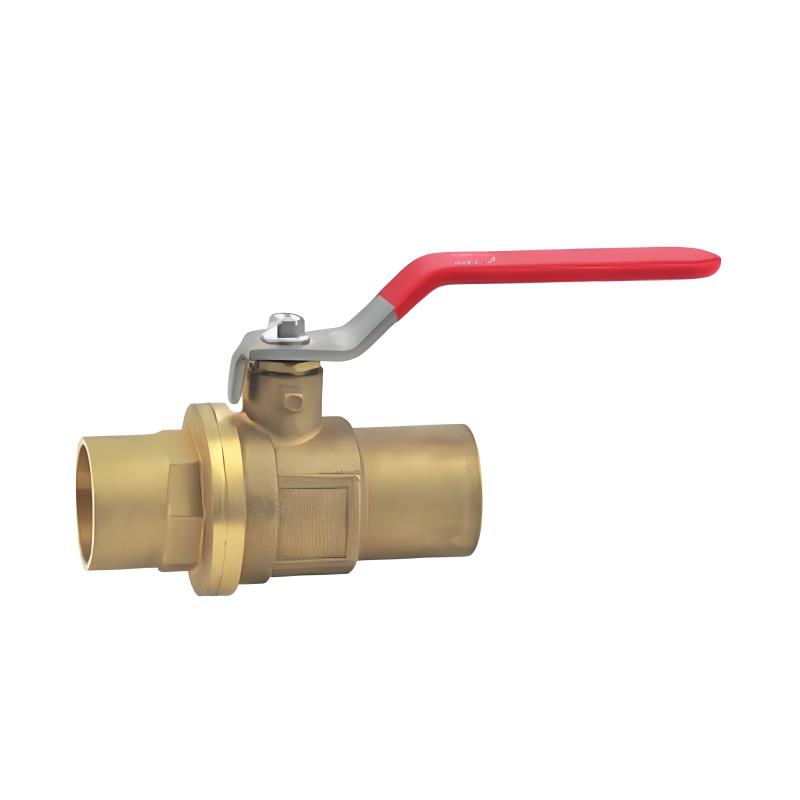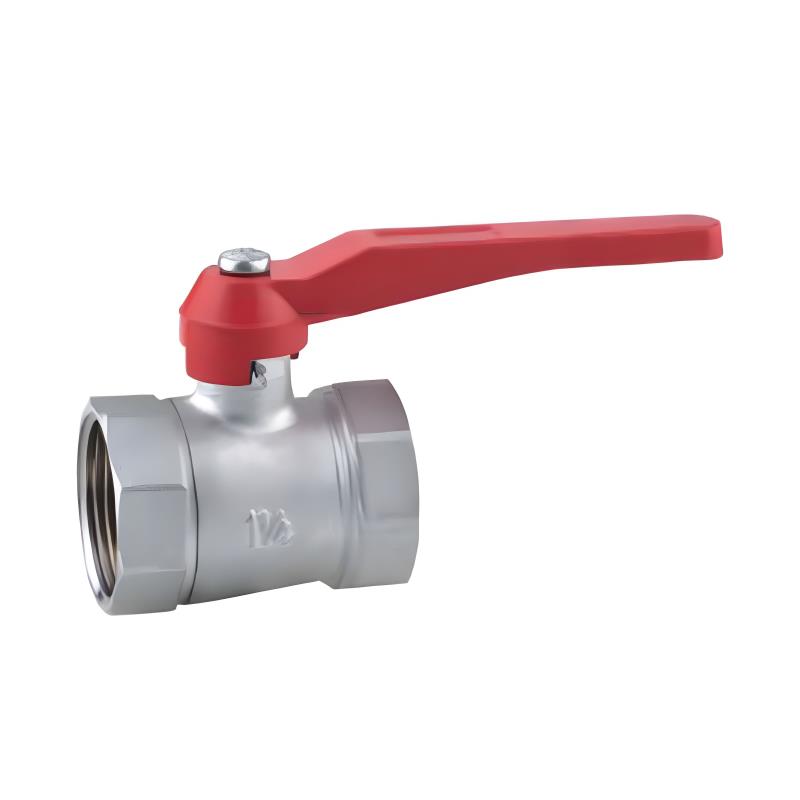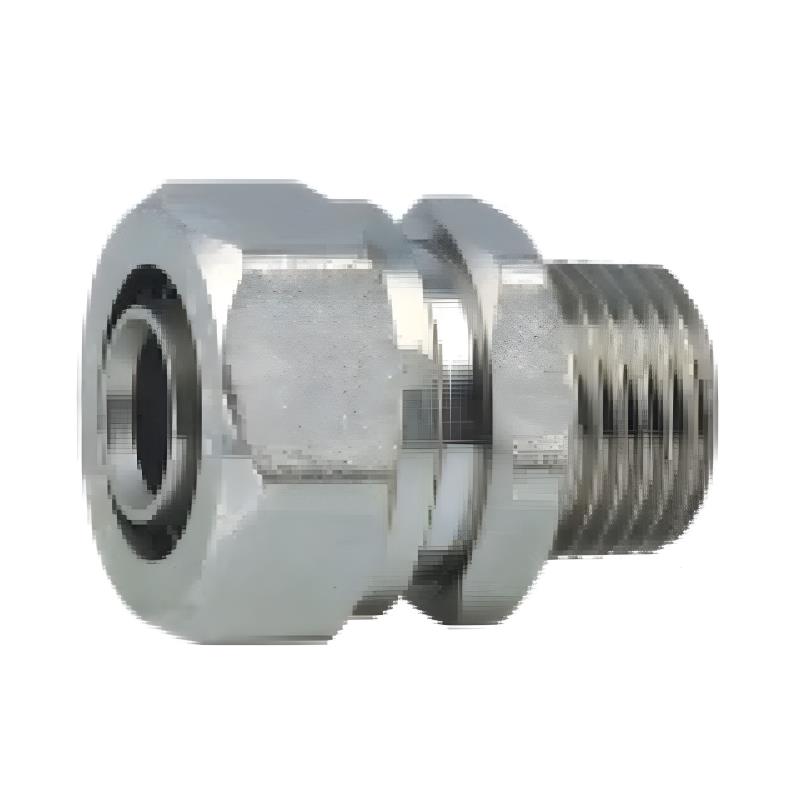Submit feedback
Quick Joint Solutions for Rapid Hydraulic and Pneumatic Maintenance
In the demanding world of industrial machinery, downtime is the enemy. Unplanned halts for hydraulic hose bursts, pneumatic cylinder leaks, or routine component servicing translate directly into lost production and revenue. Traditional connection methods – involving wrenches, threaded fittings, and significant manual effort – often turn what should be a swift repair into a prolonged, messy, and costly affair. This is where the quick joint becomes an indispensable tool for maintenance teams and operators, fundamentally transforming the speed and efficiency of fluid power system maintenance.
A quick joint, also known as a quick disconnect or quick-release coupling, is engineered for one core purpose: enabling the almost instantaneous connection and disconnection of fluid lines (hydraulic oil, air, water, coolant) without tools and with minimal fluid loss. Unlike permanent threaded fittings, a quick joint consists of two primary halves: a plug (male) and a socket (female). Each quick joint half integrates self-sealing valves that automatically close when disconnected, containing system fluid or pressure and preventing air ingress. Connecting is typically a simple push-and-click or bayonet-style action; disconnection often involves pulling back a sleeve and separating the halves. The simplicity and speed offered by a reliable quick joint are its defining characteristics.
The value proposition of the quick joint shines brightest in scenarios demanding speed:
Emergency Repairs: When a hydraulic hose fails catastrophically under pressure, the ability to swiftly isolate the section is paramount. Installing a quick joint upstream and downstream of the damaged hose section allows technicians to depressurize that segment safely, disconnect the failed hose using the quick joint points, and connect a pre-made replacement hose assembly fitted with compatible quick joint ends within minutes. This avoids draining the entire system. Every quick joint connection point strategically placed becomes a potential time-saver.
Preventative Maintenance & Component Swaps: Servicing pumps, valves, cylinders, or motors frequently requires their removal. Integrating quick joint connections at the inlet and outlet ports drastically cuts disconnection/reconnection time. Technicians can isolate the component via the quick joint valves, disconnect it without draining major lines, service or replace it, and reconnect it rapidly. The consistent use of quick joint fittings makes scheduled maintenance far less disruptive. Choosing the right quick joint rating is essential for system pressure.
Tooling and Attachment Changes: Many industrial machines utilize interchangeable hydraulic or pneumatic attachments (e.g., clamps, presses, specialized actuators on CNC equipment, robotic end-effectors). Implementing quick joint interfaces allows operators to change tools rapidly without needing specialized plumbing skills or tools. The attachment plugs into the machine's quick joint sockets, establishing the fluid circuit instantly. A robust quick joint design ensures secure connections during operation.
Test and Calibration: Connecting test gauges, flow meters, or diagnostic equipment is streamlined with a quick joint. A dedicated test point fitted with a quick joint allows instruments to be snapped in and out easily, reducing setup time for diagnostics. The sealed nature of a quality quick joint prevents leaks during testing.
Mobile Equipment: In agriculture, construction, and material handling, implements (plows, buckets, grapples) are constantly changed. Hydraulic quick joint blocks on the tractor or loader arm mate effortlessly with quick joint plugs on the implement hoses, enabling operators to switch tools in the field swiftly and efficiently. Dust caps on unused quick joint halves protect the connection.
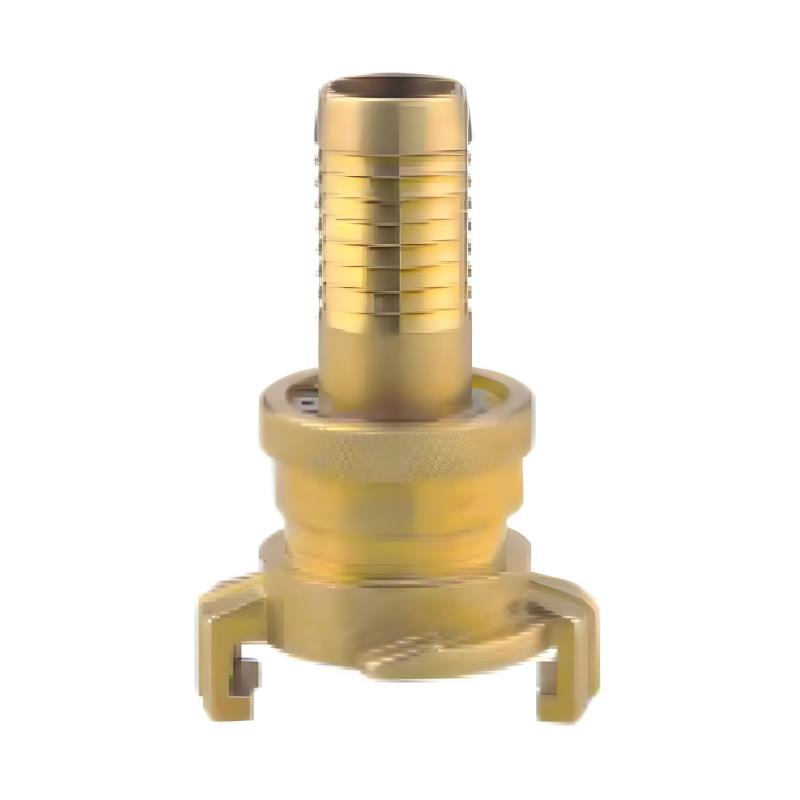
Beyond Speed: Key Advantages of the Quick Joint
While rapid exchange is the headline benefit, a well-chosen quick joint delivers significant secondary advantages:
Reduced Fluid Loss & Contamination: The internal valves in each quick joint half snap shut upon separation, drastically minimizing fluid spillage and preventing dirt and moisture from entering the system when disconnected. This promotes cleaner maintenance practices. Keeping the quick joint seals clean enhances this protection.
Safer Work Environment: Minimizing the handling of tools under pressure and reducing hot oil spills or high-pressure air releases during disconnection enhances technician safety. The controlled separation offered by a quick joint is inherently safer than cracking threaded fittings under pressure. Properly depressurizing before using the quick joint remains vital.
Lower Labor Costs: The dramatic reduction in time spent on connection/disconnection tasks translates directly into reduced labor requirements for maintenance and changeovers. The efficiency gained by employing quick joint technology impacts the bottom line.
Increased Flexibility: Systems designed with quick joint points are inherently more modular and adaptable, facilitating future modifications or reconfigurations. Adding a new branch line often becomes simpler with a strategically placed quick joint tee.
Selecting and Maintaining the Right Quick Joint
Not every quick joint is suitable for every application. Critical factors include:
Fluid Type: Compatibility with hydraulic oil, specific chemicals, or compressed air.
Pressure Rating: Must comfortably exceed maximum system operating pressure. Never underestimate the pressure rating needed for your quick joint.
Flow Rate: Must handle the required volume without excessive pressure drop.
Temperature Range: Suitable for the operating environment.
Material: Typically brass, carbon steel, or stainless steel, chosen for corrosion resistance and strength. The material of the quick joint body impacts longevity.
Connection Type: Flat-face (minimal spillage, ideal for hydraulics), poppet-style, or ball-lock common for pneumatics. The design of the quick joint valve affects performance.
Thread Size: Matching the existing ports or hose ends.
Regular inspection of quick joint seals (O-rings) for wear, damage, or extrusion is crucial. Replacing worn seals prevents leaks and maintains the valve's sealing function. Keeping quick joint halves protected with dust caps when disconnected is vital to prevent contamination and damage to the sealing surfaces. A damaged quick joint compromises safety and performance.
In the relentless pursuit of operational efficiency and minimized downtime within industrial fluid power systems, the quick joint stands out as a remarkably effective solution. Its ability to transform hours-long tasks involving wrenches and fluid drains into operations measured in minutes is compelling. By enabling rapid component changes, safe emergency repairs, efficient tooling swaps, and cleaner maintenance procedures, the strategic implementation of quick joint technology delivers tangible benefits: reduced costs, enhanced safety, increased machine availability, and greater operational flexibility. For any facility relying on hydraulic or pneumatic power where speed of maintenance is paramount, integrating robust quick joint solutions is not merely convenient; it represents a sound operational strategy. Investing in the right quick joint for the job pays dividends in productivity. The consistent performance of a reliable, quick joint system is foundational to modern, efficient maintenance workflows. Make the quick joint your partner in minimizing downtime.
 +86-13989680588
+86-13989680588 graylin@hongjiavalve.com
graylin@hongjiavalve.com 
